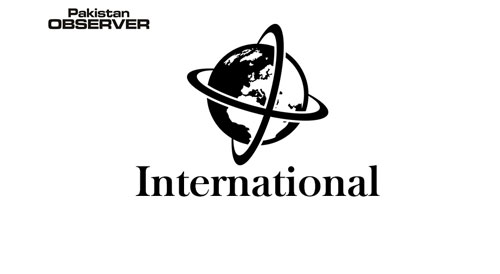Deborah Brautigam and Yufan Huang
ON SEPTEMBER 29, AidData, A RESEARCH LAB at William & Mary, released a detailed over-view of their new data on China’s global lending, Banking on the Belt and Road. The report has gen-erated much commentary.
Yet most people will likely read only the headlines: that US$ 385 billion of a purported US$ 676 billion in Chinese loans made to developing countries between 2000 and 2017 was not being reported to the World Bank.
“The average government,” the authors contend, “is underreporting its actual and potential repayment obligations to China by an amount that is equivalent to 5.8% of its GDP.”
How worried should observers be about this claim? The AidData team has released their data publicly, allowing others to examine the underlying data. In this briefing paper, we examine the data underpin-ning the AidData conclusions.
While we agree with many of the points in their paper, our own analysis of the data puts a very different spin on their head-line conclusions. By providing averages, not dis-cussing outliers, and allocating the entire Chinese loan for joint ventures to only the host government partner, the report is unduly alarmist.
Three countries account for 61 percent of the debt not disclosed to the World Bank. Out of the US$ 385 billion that AidData calculated as Chinese loans not being disclosed to the World Bank, 61 percent — US$ 235 billion — was committed to just three countries: Venezuela, Russia, and Kazakhstan. Venezuela is not a World Bank borrower and is therefore not required to report its borrowing.
AidData’s methodology includes the full value of a Chinese loan to a joint venture investment as the host government’s “underreported debt” contrary to World Bank guidelines.
Approximately US$ 153 billion was loaned to joint ventures (JVs) and spe-cial purpose vehicles (SPVs), limited liability com-panies set up for specific projects.
Some of these are majority owned by host governments, but in several significant cases they are controlled by private com-panies — ExxonMobil, for example — with modest shareholdings by host governments. The World Bank does not classify these latter loans as public debt (unless it has a government guarantee), and does not require borrowing governments to report it.
Finally, the median figure for “underreported debt” is 1.8 percent of GDP. AidData reports, instead, the average figure of 5.8 percent of GDP. This is dis-torted by several very large outliers such as 49.7 percent for Equatorial Guinea, 30.6 percent for the Republic of Congo, and 21.1 percent for Venezuela.
THE NEW DATA
A LOAN-BY-LOAN DATASET ON Chinese global lending like the one compiled by AidData is a major contribution. The data (for Africa, at least), appears to be very ing the four years it took to collect and clean it.
This data release follows the decision by the World Bank in July 2020 to publish, for the first time, information de-tailing what each of its borrowers owes to official and private creditors, by creditor country.
This means that the World Bank’s International Debt Statistics (IDS), an online repository and annual publication of information about debt held by all the World Bank’s borrower countries, now contains data on loan commitments, outstanding debt, and debt service by creditor country.
Yet the World Bank’s aggregated data gives no details about how the loans are used, which banks issued them, or which entity borrowed them.
The AidData report includes these details for 165 borrowing countries and territories, and is an impor-tant boost to much needed transparency about Chi-nese development finance.
We at the China-Africa Research Initiative (CARI) at Johns Hopkins Uni-versity and researchers at Boston University main-tain two similar loan-level public databases of Chi-nese lending, but each with a narrower focus than AidData.
WHAT ARE “UNDERREPORTED” AND “HID-DEN” LOANS?
AidData has introduced two separate concepts in this paper. The first, “underreported” loans, refers to loans that are not reported to the World Bank’s Debtor Reporting System, the source of the data in the IDS. Most of the headline takeaways from the report refer to these “underreported” loans.
The second, “hidden” loans, refers to the entire set of loans to host country state-owned enterprises (SOEs) and state-owned banks and SPVs with some degree of host government ownership but without state guarantees. We discuss these separately below.
It is important to emphasize that despite its reputa-tion for secrecy, it is not the Chinese government that is “underreporting” or “hiding” these loans.
There is no global creditor reporting system for China to use. While members of the Paris-based OECD, an organization of 38 wealthy democracies, are required to report their lending to the OECD’s Creditor Reporting System, China is not an OECD member. “Underreported” Loans. AidData counted US$ 385 billion in “underreported” debt.
“Underreported” means that the loans are, by AidData’s assessment, not properly reported by the borrowers to the only global repository for debt information, the World Bank’s IDS.










